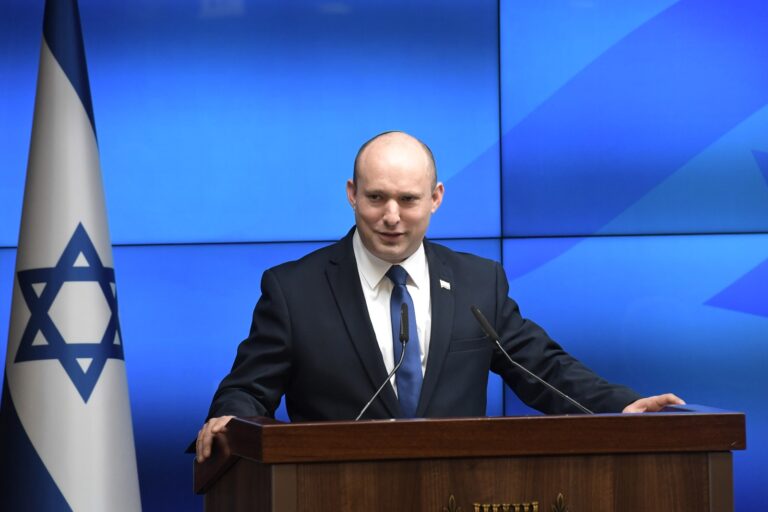There’s no doubt that World of Warcraft is associated with the massively multiplayer online role-playing game genre. But today, we want to highlight something that Blizzard makes the best. Blizzard is truly famous for its cinematic masterpieces. These in-game videos can engage players in a way that simple gameplay cannot, going far beyond simply showcasing innovative visuals. They can evoke strong emotions in players.
These videos have such a huge impact that after watching them, many gamers who took a long break from World of Warcraft are drawn back to play. If you are one of those at the beginning of your gaming journey, then boosting WoW services can help you catch up and start on the right foot. Explore the game to the fullest and enjoy the content that it has to offer.
However, what is the backstory behind the creation of interesting in-game movies? How has Blizzard’s cinematic prowess changed over time in terms of technical and artistic quality? In this article, we’ll shed some light on how the cinematic effects in World of Warcraft have developed throughout various expansions. We will illustrate the path they have taken to become a defining feature of the game.
Background: Insights from Jessica Drew Johnson on the Evolution of WoW Cinematics
During one of the conferences, Jessica Drew Johnson, Senior 3D Artist on the Cinematics team at Blizzard Entertainment, spoke about the features of her work in the company. She touched upon the history of the development of technologies for creating in-game videos for World of Warcraft. Jessica said that initially the World of Warcraft engine did not have any functionality that would allow the creation of in-game videos. That’s why developers had to use character models to alternate the emotions available to them, such as “talk” and “sit”, using macros and scripts. One of the developers included flights and acted as a camera, filming what was happening using Fraps. To create more or less realistic speech, they had to turn to third-party programs that allowed them to overlay lips on top of the characters.
Cataclysm
The cinematic experience really started to soar in 2010 with the release of the Cataclysm expansion. A new age of visual magnificence was ushered in with the use of improved lighting and water rendering solutions, which gave the game’s cutscenes more depth and realism.
These graphic improvements had a great effect. The interaction of light and shadow brought previously flat, two-dimensional scenes to life, giving them a feeling of depth and mood that were previously impossible to achieve. Players were further drawn into the story by the additional environmental integration provided by the shimmering reflections on the surface of in-game water features.
Mist of Pandaria
Mist of Pandaria took things to the next level by giving the developers the ability to control lighting and shadows. In addition, in Mist of Pandaria, the team responsible for creating in-game cinematics has been expanded. Designers responsible for animation and character models were hired, and a “pipeline” was created. Thanks to this, in-game videos began to use not in-game models for the first time
For the Mists of Pandaria cutscenes, a set of playable race characters was created with improved models so that they could be used as extras. Blizzard’s PR department suggested creating some low-key commercials using custom animations. And we should admit that this worked pretty well.
Warlords of Draenor
In Warlords of Draenor, Blizzard has updated the character models of all playable races. Not only the textures were improved but also the structure of the models, including the number of bones in the character’s skeleton. This made the work of the team creating in-game cinematics much easier. WoD also introduced anti-aliasing technology, so the videos began to look even better. The team was expanded again: a specialist responsible for composition and lighting, a VFX artist, was hired. This had a direct impact on the game multimedia.
In the Warlords of Draenor expansion, the team gained more freedom and was able to start making some decisions on their own. Sometimes the characters in the videos use old armor with poor textures, so their resolution needs to be improved. This is actually what happened. Another example is Prophet Velen, whose in-game model is essentially a head, beard, and legs. For the videos, his body had to be separated from the beard by drawing new textures, and Jessica did this herself, only approving the final result with the art director.
Also, in the Warlords of Draenor videos, a character whose model was not in the game was used for the first time. This was Irel, and the developers liked her so much that they eventually decided to add her to the game. A new model was even made for her, using unique horns that were not available to players and other characters. The video was recorded in 2018, and her horns became available to players with the release Shadowlands.
Legion
In Legion, Blizzard continued to improve the game engine, and this time the changes affected the draw distance. This may seem like a small thing, but it opened up a number of new opportunities for video creators, which they took full advantage of. The team was also significantly expanded again. Thanks to this, they were able to standardize facial topology for almost all races, which significantly speeded up the process of creating videos.
Conclusion
The evolution of World of Warcraft’s in-game cinematics reflects Blizzard’s dedication to enhancing player experience. From humble beginnings with basic character models to today’s sophisticated animations and visual effects, these cinematic masterpieces not only showcase technological advancements but also deepen emotional engagement, drawing players back into the world of Azeroth time and time again.
The author’s name is Chloe Boone / Senior Content Writer











